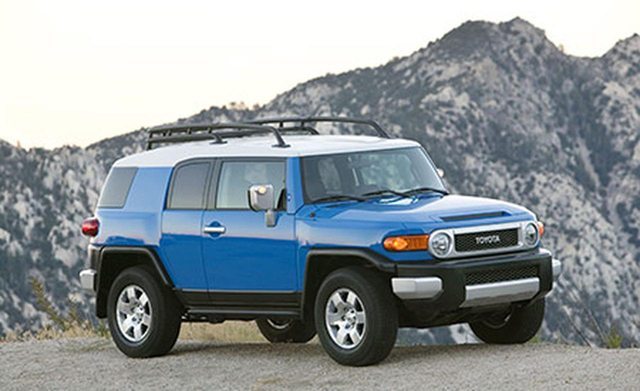How to Drive 4×4 cars?
The 4×4 feature is very important if you are looking into offroading in your vehicle. The 4×4 system was first introduced back in 1893 and it was commercialized and added as a feature to cars starting from 1903.
In this article, we will talk about what the 4×4 system is and what are some of its functions. The 4×4 system in cars is also called the four-wheel-drive system. Before getting into the 4×4 system, you need to understand what a transfer case is.
Transfer Case
The transfer case is a very crucial element of all 4×4 or four-wheel-drive vehicles. It is part of their drivetrain and helps in transferring power from the transmission to both the front and the rear axles. This is done using driveshafts which are used to transmit rotation and torque to the wheels.
The transfer case may also contain a set of low-range gears for offroading purposes. It also aligns the rotation of the front and rear wheels. Two propel shafts come out of the transfer case and connect themselves to front and rear differentials respectively.
In order to engage the 4×4 system, you can either find a lever or a shifter knob in the center console of the vehicle. There are three labels on these shifter knobs: H2, H4, and L4.
H2 means two-wheel drive and high range. This option is used on normal roads like those in the city and on the highway. H4 means four-wheel drive and high range. This option is engaged when there is dirt, dust, gravel or mud on the surface where you are driving your vehicle.
L4 means four-wheel drive and low range. This option is selected when you are driving on extremely muddy surfaces, snow, loose sand and climbing on an inclined surface. The L4 is also used when the vehicle is stuck in the mud and needs to get out. In some imported vehicles, you can also find a fourth option – the 4A. The 4A option entails an automatic four-wheel drive. When you engage this option, the vehicle decides automatically how much power to send to each wheel.
Engaging H2, H4, and L4
In order to drive on H2, just put the car in H2 and put the car in drive mode. If you think there is power loss on a surface like snow or sand, then you can engage the H4 option while the car is moving and is in drive mode. As soon as you engage the H4, you will feel the car having more grip on the surface and the information cluster for the driver will also indicate that you have engaged the four-wheel-drive system.
In order to make a shift from H2 to H4, make sure you are driving at 80 km/h or lower speeds. At high speeds, different components of your car are moving at high speeds as well. Breaking their momentum at high speeds is not good.
When you have to do proper offroading, select the L4 option. In order to select the L4 option, stop the car and put your foot on the brake. If your car is automatic, put the transmission in neutral. After this, using the knob or the lever, put the car in L4 mode.
As soon as you put it in L4, the instrument cluster will show that the Vehicle Stability Control (VSC) and other traction control features get activated. After this, put the transmission in drive mode to drive the car for a good offroading experience. If you own a four-wheel-drive car, make sure you drive it around 20 to 25 km at least so that the 4×4 parts get lubricated from time to time. This will prolong the life of these parts.
See the tip video below:
How to activate differential lock?
Another important aspect of 4×4 cars is the differential lock. When the rear wheels of the car get stuck or start to slip, you need to engage the differential lock.
In order to activate the differential lock, start the car and put it in neutral. Then, put the car in L4 using the knob or the lever. After doing this, press the differential lock button in the center console. Thereafter, the differential lock will take some time to get activated. Once it gets activated, put the car into drive mode from neutral mode and drive it. Ensure that when the differential lock is activated, your vehicle does not bounce a lot. This is because the rear wheels are locked and the bouncing can break some essential components of the drivetrain.
Stay tuned for more informative content like this one and drop your valuable opinion in the comments section below.
Recommended for you: Rear-Wheel Drive Or Front-Wheel Drive – Which Is Better?

